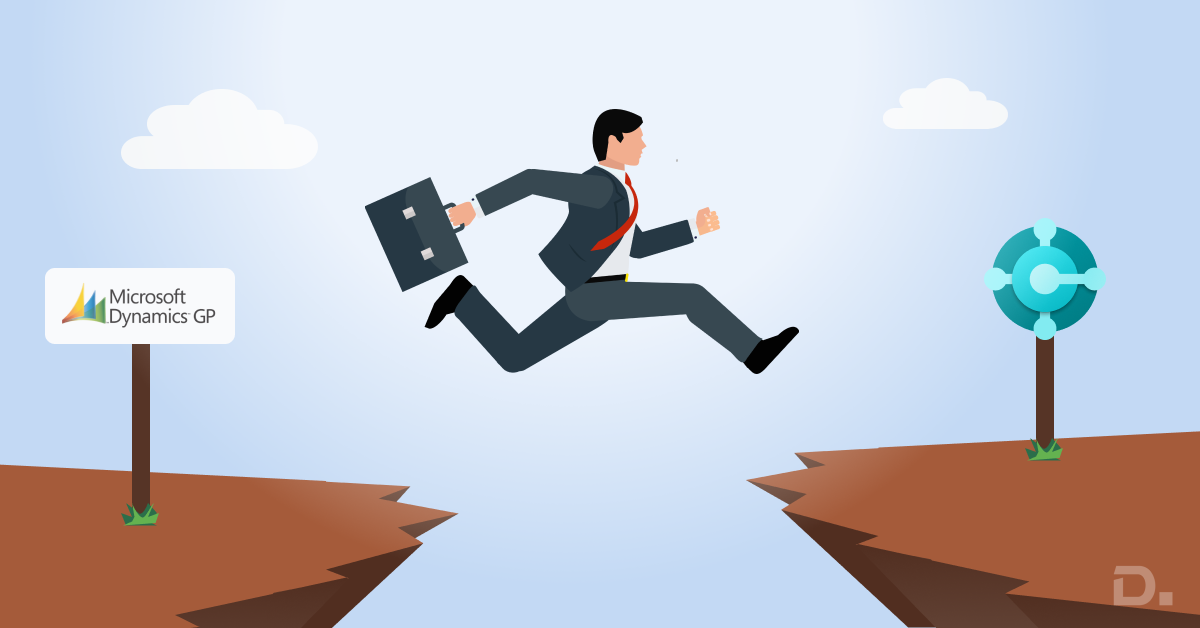
Dynamics GP to Business Central Migration: Unlocking the Potential
The world of enterprise resource planning (ERP) has witnessed significant transformations over the years, thanks to advancements in technology. In the ever-evolving business landscape, organizations are constantly seeking more efficient and powerful solutions to streamline their operations.
One such transformation is the migration from Dynamics GP (Great Plains) to Dynamics 365 Business Central. In this blog, we will explore the key aspects of this migration and how it can benefit your organization.
Why Migrate from Dynamics GP to Business Central?
1. Enhanced Functionality
Dynamics 365 Business Central offers a robust set of features that extend beyond the capabilities of Microsoft Dynamics GP. This enhanced functionality includes improved financial management, advanced reporting, and integration with other Microsoft applications. By migrating, you can tap into a wealth of new tools and capabilities to improve your business processes.
2. Cloud-Based Flexibility
One of the most significant advantages of migrating to Business Central is the transition to a cloud-based ERP system. This move allows for remote accessibility, reduced infrastructure costs, and enhanced scalability, making it an ideal choice for businesses of all sizes.
3. Streamlined Business Processes
Business Central simplifies business operations with automation and a user-friendly interface. With better visibility into your financials, inventory, and sales, you can make informed decisions and optimize your processes more effectively.
Planning the Migration
1. Choose the Right Dynamics 365 Partner
The success of your migration greatly depends on selecting the right Dynamics 365 partner. Look for a partner with a strong track record in Dynamics 365 implementation and support. They should have the expertise to guide you through the migration process smoothly.
2. Data Assessment and Cleanup
Before migrating, it’s crucial to assess your existing data and clean it up. Remove redundant, obsolete, or incorrect data to ensure a smooth transition. Your Dynamics 365 partner can assist you in this crucial step.
3. Customizations and Integrations
If you have customizations and integrations in your Dynamics GP system, make sure to plan for their migration as well. Business Central supports a range of customization options, and your Dynamics 365 partner can help you adapt your existing solutions.
The Migration Process
1. Data Migration
Migrating your data from Dynamics GP to Business Central is a significant part of the process. Your partner will assist in mapping the data fields, transforming it as needed, and ensuring data integrity during the transfer.
2. Configuration
Business Central offers a wide range of configuration options to align the system with your business requirements. Your Dynamics 365 partner will work with you to configure the system to suit your needs.
3. Training and User Adoption
Invest in comprehensive training for your team to ensure a smooth transition. User adoption is critical to maximizing the benefits of Business Central, so make sure your employees are comfortable with the new system.
Post-Migration Support
1. Dynamics 365 Support
After the migration, you’ll need ongoing support to maintain and optimize your Business Central system. Choose a Dynamics 365 partner that offers reliable support services to address any issues or changes that may arise.
2. Continuous Improvement
With Microsoft Business Central, you have the opportunity to continually refine your processes. Regularly assess your system’s performance and seek opportunities for improvement to stay competitive in the ever-evolving business landscape.
Benefits of Migrating
1. Cost Savings
By moving to a cloud-based solution, you can reduce infrastructure and maintenance costs associated with on-premises systems. This shift enables a predictable monthly subscription model, simplifying your budgeting process.
2. Scalability
Business Central is highly scalable, allowing your system to grow with your business. Whether you’re expanding to new markets or experiencing rapid growth, the system can adapt to your evolving needs.
3. Integration
Business Central seamlessly integrates with other Microsoft applications such as Office 365, Power BI, and Azure. This integration streamlines your operations and provides real-time insights into your business.
Conclusion
In a rapidly changing business environment, the migration from Dynamics GP to Business Central is a strategic move that can empower your organization. The enhanced functionality, cloud-based flexibility, and improved business processes offered by Business Central can provide a competitive edge.
However, it’s essential to work with a reputable Microsoft Dynamics partner to ensure a smooth transition and ongoing support. By making this transition, your organization can thrive in the modern business landscape, equipped with the tools and capabilities needed to succeed.
If you’re considering a migration or have any questions about Dynamics GP to Business Central migration, feel free to reach out to a trusted Dynamics 365 partner for expert guidance in Dynamics 365 implementation and support.
They can help you unlock the full potential of your ERP system, ensuring a successful transition that paves the way for a more efficient and profitable future.



